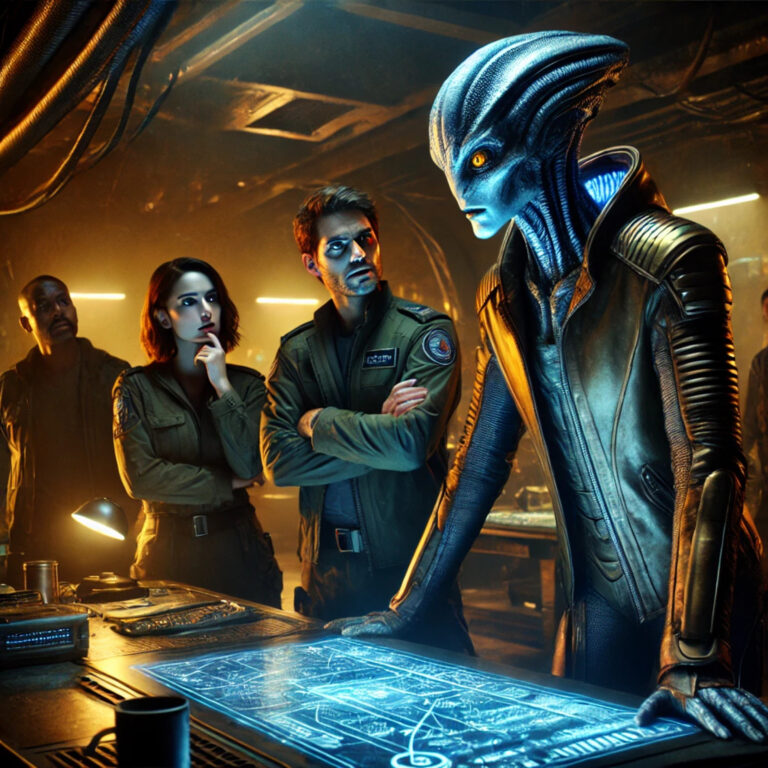Ursa Major, also known as the Great Bear, is a prominent constellation located in the northern celestial hemisphere. It is one of the oldest known constellations, having been recorded by the ancient Greeks over 2,000 years ago.
The constellation is most easily recognized by its seven brightest stars, which form the “Big Dipper” asterism. The Big Dipper is composed of the stars Dubhe, Merak, Phecda, Megrez, Alioth, Mizar, and Alkaid. These stars are among the brightest in the constellation and are some of the most well-known stars in the night sky.
Ursa Major is home to several deep-sky objects, including the Pinwheel Galaxy (M101), a face-on spiral galaxy located approximately 21 million light-years from Earth. The constellation is also home to the Owl Nebula (M97), a planetary nebula located approximately 2,600 light-years from Earth.
In addition to its bright stars and deep-sky objects, Ursa Major is also notable for its position in the sky. It is located in the northern celestial hemisphere and is visible throughout the year from most locations in the Northern Hemisphere.
Ursa Major has a long and rich history in mythology and has been associated with a variety of different stories and legends. In Greek mythology, the constellation was associated with the nymph Callisto, who was turned into a bear by Zeus. In other cultures, Ursa Major has been associated with bears, hunters, and even dragons.
Despite its age and popularity, Ursa Major is still an active area of scientific study. Astronomers continue to study the stars and deep-sky objects within the constellation, and it remains an important part of our understanding of the universe.








